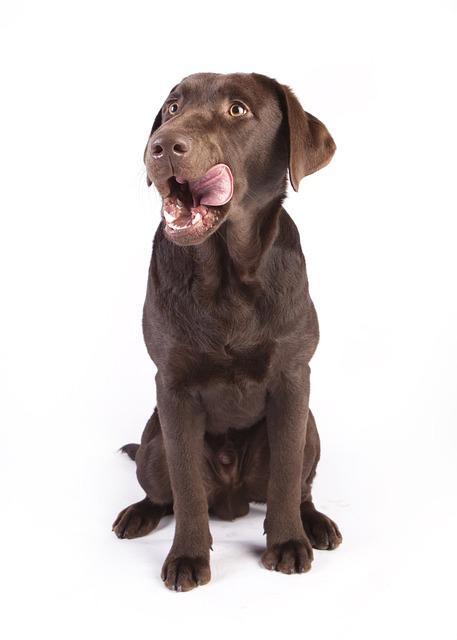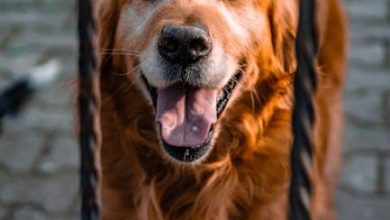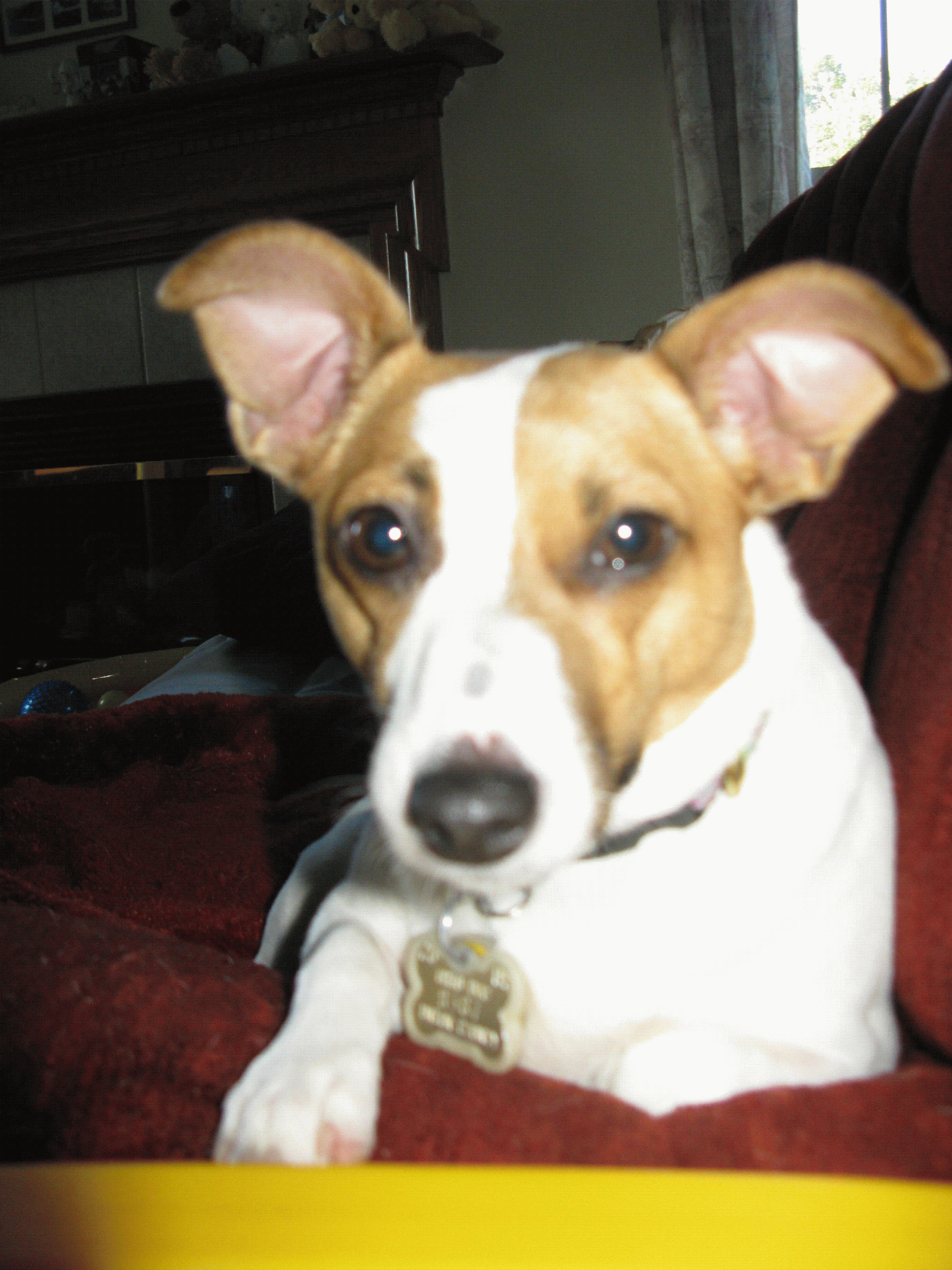What Causes Food Aggression in Dogs and How to Manage It

Food aggression in dogs is a common yet often misunderstood behavior that can leave pet owners feeling puzzled and concerned. As our loyal companions, dogs bring immense joy and companionship to our lives, but their instincts and behaviors can sometimes clash with our expectations. Understanding what triggers food aggression is the first step toward fostering a harmonious relationship between you and your furry friend. In this article, we’ll delve into the various causes of food aggression, explore the underlying instincts that drive this behavior, and provide practical tips on how to manage it effectively. Whether you’re a seasoned dog owner or new to the world of canine care, this friendly guide aims to equip you with the knowledge and tools to ensure mealtimes are safe and stress-free for both you and your beloved pet.
Understanding the Roots of Food Aggression in Dogs
Food aggression in dogs is often rooted in their natural instincts and past experiences. Understanding these underlying causes is crucial for managing and mitigating aggressive behaviors. Dogs are descendants of wolves, and in the wild, food is a scarce resource that must be fiercely protected. This instinctual behavior can manifest in domestic dogs as they might perceive threats to their food supply. Additionally, past trauma or inconsistent feeding schedules can exacerbate these instincts, leading to heightened aggression during meal times.
Several factors can contribute to food aggression, including:
- Resource Guarding: Dogs may feel the need to guard their food from perceived threats, including other pets or humans.
- Lack of Socialization: Dogs that haven’t been properly socialized may not have learned appropriate behaviors around food.
- Stress or Anxiety: Environmental stressors or anxiety can trigger aggressive behaviors, especially if the dog feels its resources are threatened.
By recognizing these triggers and understanding the roots of food aggression, pet owners can take steps to create a safer and more peaceful feeding environment for their furry friends.

Recognizing the Signs of Food Aggression in Your Furry Friend
Understanding the subtle cues of food aggression in dogs can be a vital step in ensuring a harmonious household. Dogs may display various behaviors that indicate discomfort or territoriality around their food. Watch for the following signs:
- Growling or snarling when approached while eating
- Rigid posture or intense focus on their food
- Snapping or biting if someone gets too close
- Guarding behavior, such as standing over the food bowl
Recognizing these behaviors early on can help prevent escalation. It’s crucial to approach the situation with patience and understanding, knowing that food aggression often stems from underlying anxiety or insecurity. By identifying these signs, you can begin to address the root causes and work towards a solution that ensures both safety and peace of mind for you and your beloved pet.

Effective Strategies to Manage and Reduce Food Aggression
To effectively manage and reduce food aggression in dogs, it is crucial to understand and implement a variety of strategies. Begin by establishing a consistent feeding routine. Feeding your dog at the same times each day can create a sense of predictability and security, reducing anxiety related to food. Another key strategy is to gradually desensitize your dog to the presence of others during mealtime. Start by standing a safe distance away while your dog eats, and over time, slowly decrease the distance. This can help your dog become more comfortable with the idea of sharing space during meals.
Additionally, consider incorporating positive reinforcement techniques. Reward your dog with treats and praise when they display calm behavior around food. Introducing puzzle feeders or slow-feed bowls can also be beneficial as they encourage your dog to engage with their food more thoughtfully, reducing the urge to guard. Lastly, consulting with a professional trainer may provide tailored strategies and insights specific to your dog’s needs. These approaches, combined with patience and consistency, can significantly diminish food aggression over time.

Creating a Safe Feeding Environment for Your Dog
Ensuring your dog feels secure during mealtimes is crucial in preventing and managing food aggression. A calm and consistent environment can help reduce anxiety and foster positive associations with eating. Here are a few tips to create a peaceful feeding atmosphere:
- Designate a Feeding Area: Choose a quiet spot in your home where your dog can eat undisturbed. This space should be away from high-traffic areas to minimize stress.
- Establish a Routine: Dogs thrive on consistency, so feeding them at the same time each day can provide a sense of security and predictability.
- Remove Distractions: Turn off the TV and keep other pets and children away from the feeding area to help your dog focus solely on their meal.
- Positive Reinforcement: Reward calm behavior with treats or praise to encourage a relaxed attitude during mealtimes.
By thoughtfully crafting a safe feeding environment, you can significantly decrease the chances of food aggression and promote healthier eating habits for your furry friend.



